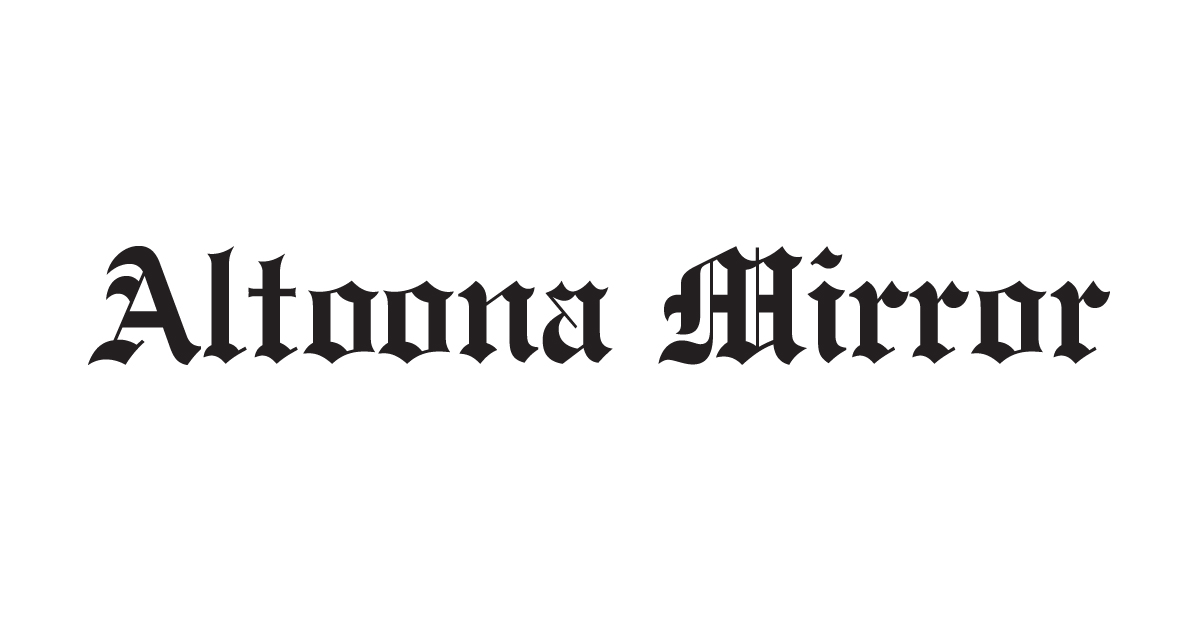[ad_1]

Vail Daily archive
For the last several years, the Mountain Healthcare Coalition — convening community partners including Vail Valley Partnership, Vail Health, employers and brokers — has been working to lower Eagle County’s health insurance costs.
During a presentation on the coalition’s efforts and progress to the Vail Town Council on Tuesday, April 18, Krista Miller, the town of Vail’s director of human resources said the coalition was born out of community conversations around a decade ago but has grown exponentially in recent years. Currently, while the coalition is its own nonprofit entity, it is run by the Vail Valley Foundation.
Its primary target, Miller said, is to find a way to “partner with partners across the state, including our providers here locally, to really make something affordable that our small businesses, our individuals and potentially, eventually, even our larger, self-insured employers can tap into and really make this a feasible solution.”
What’s the problem?
In Eagle County, health care costs, premiums and access have long been a significant concern. Last week, Chris Romer, founder of the coalition and president and CEO of the Vail Valley Partnership, shared some of the data that illustrates the depth of these challenges.
A 2021 Colorado Health Access Survey of the I-70 mountain corridor administered by Colorado Health Institute found that 18% of individuals did not seek care due to cost and 17% did not seek specialist care because of cost. The Center for Improving Value in Health Care reported that Eagle County’s cost of care (per person, per year) was around $8,496 based on 2020 data. This was reportedly around $2,500 higher than the statewide cost, about $2,700 higher than urban Colorado and around $1,200 higher than rural Colorado.

Support Local Journalism
These costs also carry into high premium and deductible ranges in Colorado. Connect for Health Colorado reported that out-of-pocket health care costs could cost individuals up to 25% of their pre-tax income.
This high cost of insurance means that there is a high percentage of individuals who are uninsured. Romer’s presentation reported that over 17% of Eagle County residents are uninsured — 30% of which are eligible for Medicaid.
“These are becoming real numbers and real community issues,” Romer said.
Additionally, Romer noted, “almost 50% of health care is taking place outside Eagle County.”
And while some of that is due to necessity, “there’s an opportunity to increase our coverage,” he added.
Addressing these numbers and finding solutions is beneficial in many ways to the local community.
“The high cost of health insurance is a monumental issue for our community, for attraction and retention of employees for businesses, but also for keeping people in our community, ensuring that people have a pathway to stay here,” Romer said.
What’s the solution?
“How do we address this?” Romer posed to Vail’s Town Council on Tuesday. “We need to be innovative, and we need to have a community focus. So, we’ve been building those relationships and addressing this.”
The Mountain Healthcare Coalition was established in 2019 with the aim of addressing health care needs in the community. In October 2022, the group was recognized by the state as a nonprofit health care purchasing alliance.
As a purchasing alliance, the coalition is not intended to be an insurance provider, health care cooperative or self-funded plan.
Rather, it intends to “increase education, encourage proper utilization of health care services, and develop more cost-effective, sustainable health coverage options for individuals, insured employers, and self-funded employers in Eagle County,” according to Romer’s presentation.
The goals and objectives, he added, are answering the following questions: “How do we develop that comprehensive health care program for the community? How do we provide broader accessibility to health insurance, reduce that uninsured, reduce the barriers to entry for health insurance? How do we foster a community-wide wellness mindset and culture? How do we provide education about access to a broader range of choices? And then, how do we provide support to the associated community health care programming that does exist (things like MIRA bus, health fairs, etc.)?”

Mountain Healthcare Coalition/Screenshot
The coalition’s target in answering these is to also build a model that’s a “win-win-win” for the community (including both employers and individuals), for health care providers and for payers (health insurance companies), Romer said.
With this model, there are necessary contributions, benefits and tradeoffs for each of these three primary stakeholders.
This win-win-win approach includes “addressing the community needs, working really closely to build those relationships and improve those relationships; fostering the trust and collaboration, being really transparent with everybody along the way; and really focusing on the long term, not the short-term transactional environment,” Romer said.
The Mountain Healthcare Coalition’s role is to play “the convener” and the “champion of this effort,” he added.
Looking ahead, the coalition is hoping to create a product that provides comprehensive health coverage, pharmacy benefits, behavioral health benefits, a primary care network, Front Range access (for certain services not available locally) and product choice.
With its current path, Romer said the coalition could reach 3,600 lives in Eagle County. This number comes from the population of Eagle County — 49,000 minus El Jebel and Basalt — which serves as the “serviceable, addressable market” for the coalition. Of this population, Romer said that “20,000 work for small businesses, 10,000 work for self-funded employers and 6,000 are currently uninsured.”
Assuming a 10% market share, the coalition could potentially then service 3,600 lives; a number, which Romer added is likely “very, very conservative — I think the potential market share is much higher” as the group looks to the future.
While this group has gained significant momentum and made good progress since forming in 2019, there is still a long road ahead, including navigating an ever-evolving regulatory and state landscape.
“The bureaucracy and requirements at the state level, it’s a moving target because it changes quite a bit, including at the state legislature,” Romer said.
“We’re watching also what’s happening at the state legislature, there’s a couple of bills that could significantly impact our direction and what might be best for the purchasing coalition and the Mountain Healthcare Coalition. There’s a couple of bills that, if they go through as written, would probably cause us to pivot our plan a little bit, related to the Colorado Option and some other opportunities,” he later added.
With this, the coalition’s roadmap includes opportunities to plan, launch, learn and scale over the next several years.
“The idea is, we are in the process of developing that network, designing the products, defining the network, negotiating with insurance-payer partners, negotiating with the local providers and building out that network so that we can move forward. We still have hopes for a small group product that could be done; the regulatory environment for a small group network is much different than the individual network,” Romer said.
At this point, its next steps toward execution include working with various stakeholders — including putting out a payer request for proposal, selecting a broker consultant and direct contracting specialist, continuing discussions with Vail Health, contracting other local and Denver providers and more — as well as continuing research and beginning community outreach.
“We are in this, we are elbows in, mixing it up, in up to our eyeballs and working on a really bringing a meaningful program to the community to address the high cost of health insurance,” Romer said.
[ad_2]
Source link


